Support land and housing for poor households
On July 20, 2022, the People's Council of Binh Dinh province unanimously approved the National Target Program on Socio -Economic Development of Ethnic Minorities and Mountainous Areas of Binh Dinh Province for the period 2021 - 2030, Phase I from 2021 to 2025. The specific goal by 2025 is to strive for the average income of ethnic minorities to increase by more than 2 times compared to 2020; the poverty rate among ethnic minorities will decrease by 3% - 4% each year; strive for about 10 communes and 4 villages to leave extremely difficult areas.
At the same time, maintain 100% of communes with asphalted or concreted roads to the commune center; over 96% of ethnic minorities have access to clean water; 100% of ethnic minorities have access to audio and visual equipment; basically solve the problem of sedentarization. Plan, arrange, relocate, and arrange over 100% of ethnic minority households residing in areas at risk of flash floods, landslides, and landslides. Basically solve the shortage of residential land and production land for poor ethnic minority households; strive to eliminate temporary and dilapidated houses for 100% of poor ethnic minority households.
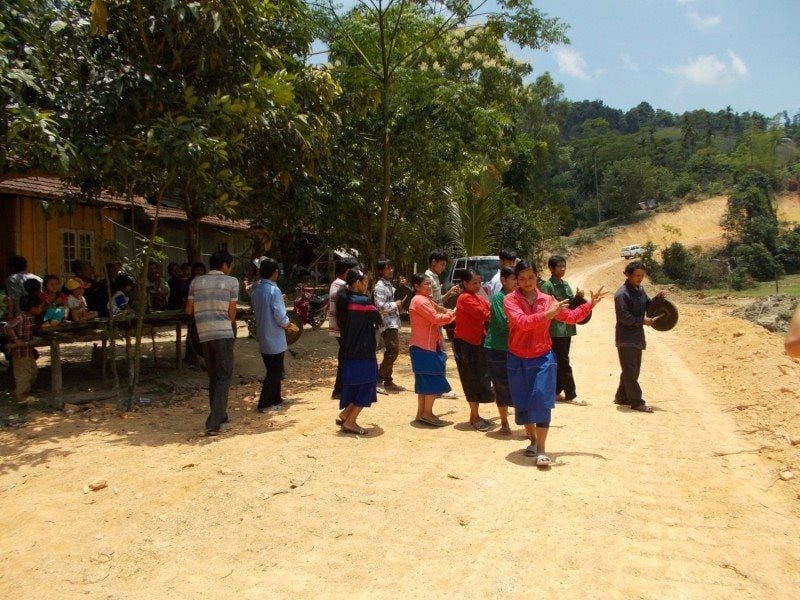
The program has dedicated Project 1 to the goal of solving the shortage of residential land, housing, production land, and domestic water for the people. Accordingly, the target is poor ethnic minority households; poor Kinh households living in communes and villages with special difficulties who do not have residential land, housing, or have temporary, dilapidated houses to be supported with residential land, to build houses that ensure 3 hard (hard foundation, hard frame - wall, hard roof) suitable to the practical conditions of the locality; strive to reach 90% of poor ethnic minority households, poor Kinh households living in communes and villages with special difficulties working in agriculture, forestry, and fishery who do not have or lack more than 50% of production land according to the prescribed norms of the province.
With the above objectives, the People's Council of Binh Dinh province requests that, based on land funds, residential land limits and budget capacity, the provincial People's Committee consider and decide to allocate land for housing for the above subjects in accordance with local conditions, customs and land laws, specifically: in places with land conditions, local authorities use the budget support amount to create land and build technical infrastructure to grant residential land to beneficiaries; in localities without land conditions, local authorities arrange funding to support people to self-stabilize their housing in the form of interleaving.
Regarding housing support, the Provincial People's Council requested support for building a house according to local customs and practices, with the rate calculated based on building a level 4 house that ensures 3 hard conditions (hard foundation, hard frame - walls, hard roof).
Along with that, poor ethnic minority households, poor Kinh households living in extremely difficult communes, extremely difficult villages in ethnic minority and mountainous areas, working in agriculture, forestry, and fishery, without or lacking 50% or more of production land according to the provincial norm, are entitled to one of the following two policies: Households without production land, if in need and the local government can arrange production land, will be directly allocated production land by the local government; in case the local government cannot arrange production land, households without land or lacking production land will be supported to change occupations.
Land allocation associated with vocational training
According to the assessment of leaders of many localities in Binh Dinh province, the places where ethnic minorities live mainly have complex terrain, little residential land and production land, and people are scattered. The natural and mechanical population increase in ethnic minority areas is quite rapid, household separation is common, and new households almost lack or do not have residential land or production land. In addition, the work of synthesizing, reviewing, and identifying beneficiaries of support policies is still inaccurate, slowing down the approval process, making it difficult to determine resources and solutions for implementation.
Notably, the work of developing detailed planning and projects to create residential land funds and agricultural and forestry land has not received proper investment and attention. The work of reviewing land at forestry companies to recover unused land or ineffective land to return to localities for allocation to households lacking production land is still slow. Solutions for vocational training, job transfer, job attraction, etc. have not achieved the goal of reducing the pressure of lack of production land.
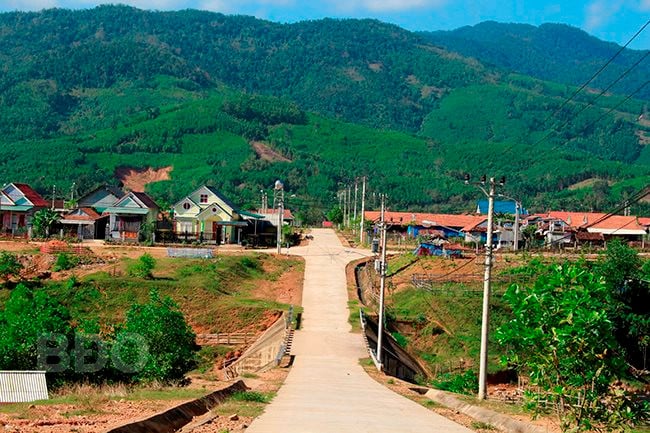
Mr. Ho Si Dung - Permanent Vice Chairman of the Vietnam Fatherland Front Committee of Binh Dinh province said that districts with ethnic minorities need to classify households without land and lacking land for production (households with land needs for production; households with real needs for forest allocation and forest contracting; households with needs for livestock development, services, industries, etc.) to have appropriate solutions. At the same time, coordinate with forestry companies and protective forest management boards to review land, determine unused land areas, or ineffective land use, and propose the Provincial People's Committee to reclaim and hand over to localities to allocate to households lacking land for production.
“Districts need to direct the People's Committees of communes to coordinate with specialized departments, based on district-level land use planning and new rural planning to develop detailed planning, establish land reclamation projects, build land funds and submit them to competent authorities for approval to implement land allocation to households lacking land or having no land for production,” said Mr. Ho Si Dung.
The national target program for socio-economic development of ethnic minority and mountainous areas of Binh Dinh province for the period 2021 - 2030 has also proposed many solutions to prioritize investment resources for poor ethnic minority areas. Specifically, the province will prioritize the allocation of central and local budgets to invest in connecting traffic works, national grid projects to serve socio-economic development, ensure national defense and security for poor districts with many communes and villages with special difficulties; implement support mechanisms to create livelihoods for poor households, near-poor households, and newly escaped poverty households through projects approved by competent authorities based on local planning, plans, and projects to transform production structures.
Source


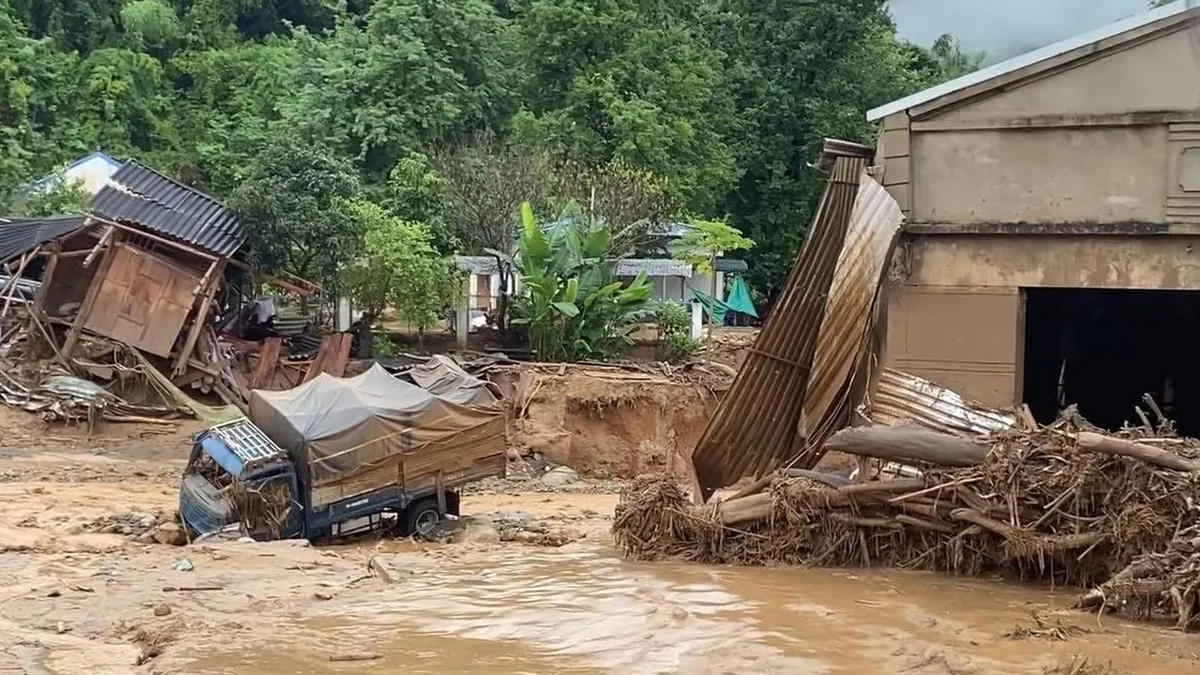


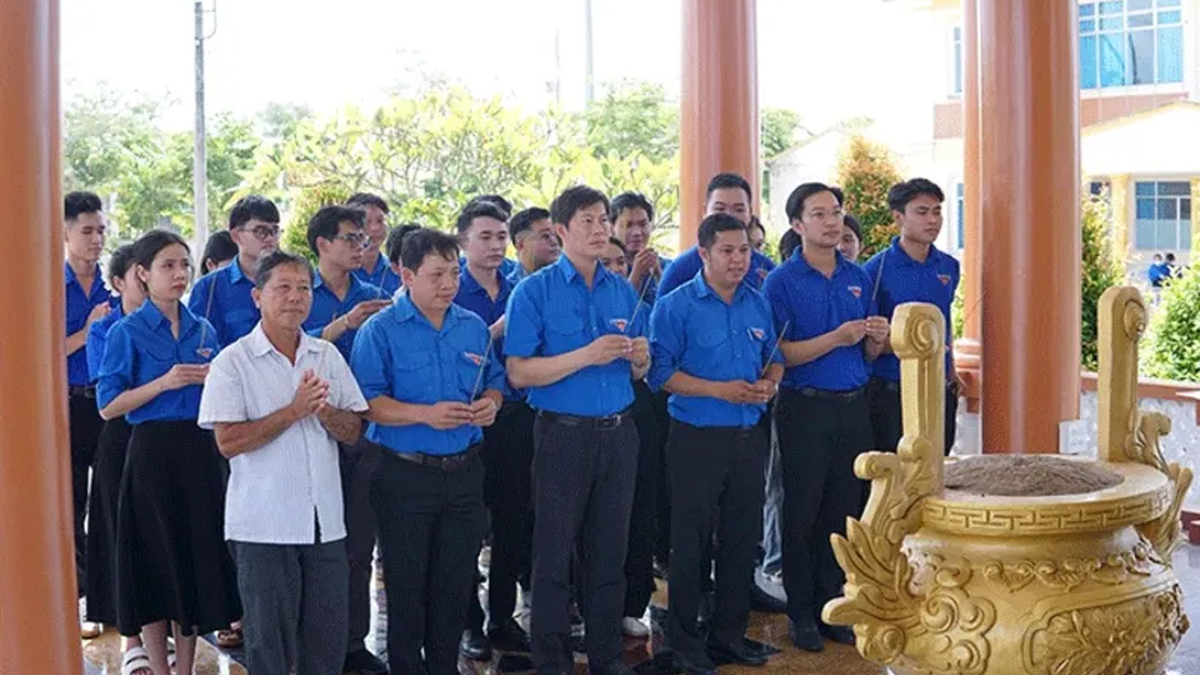

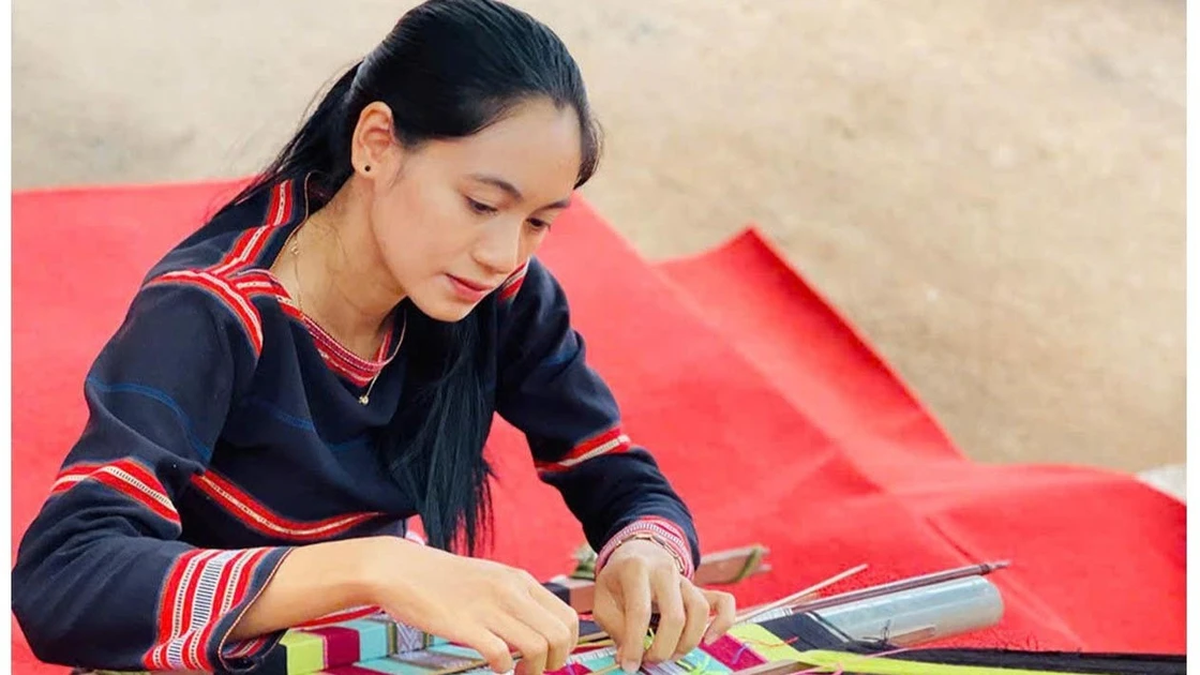

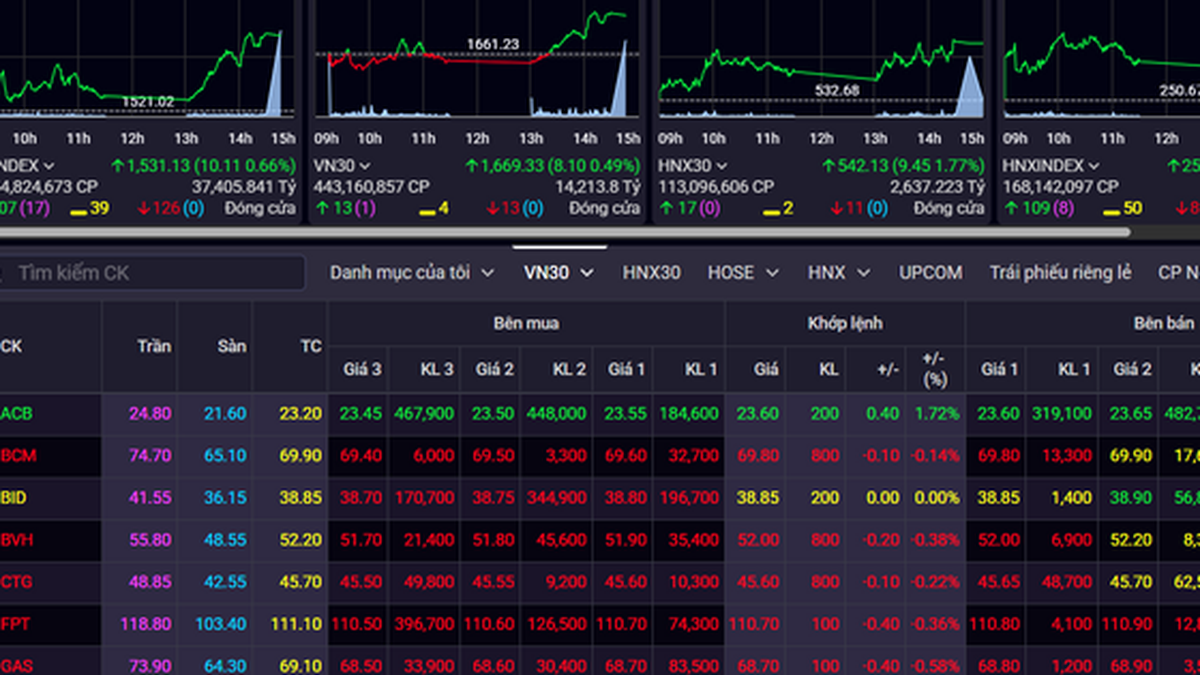
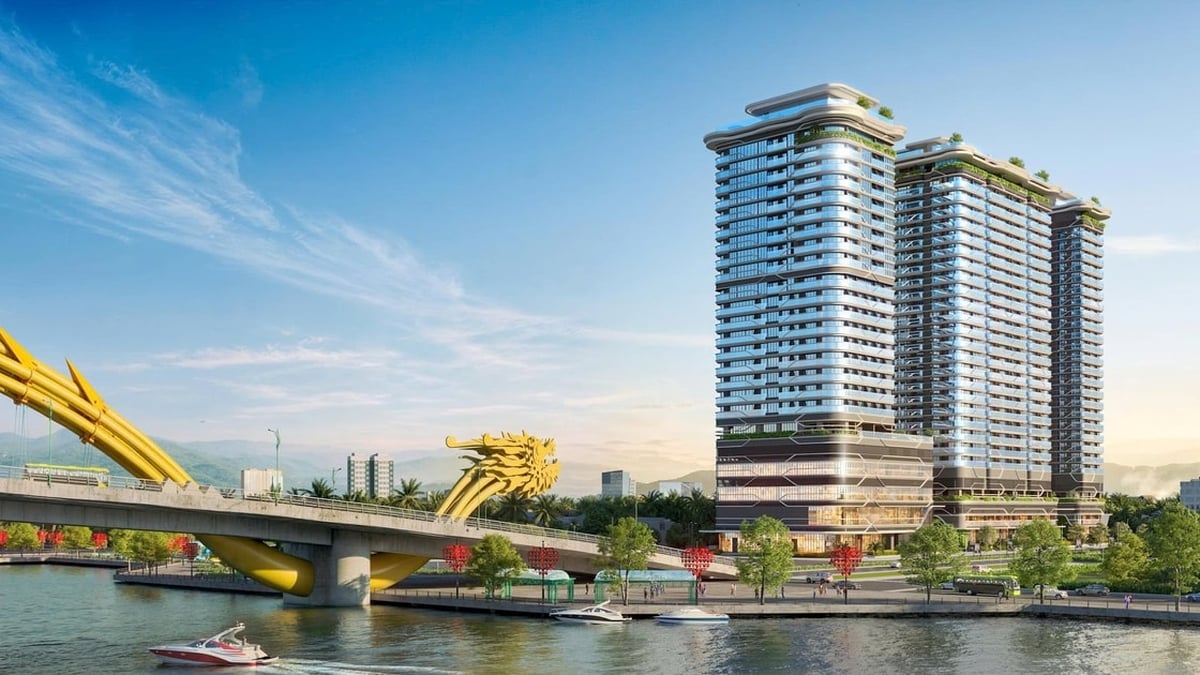






























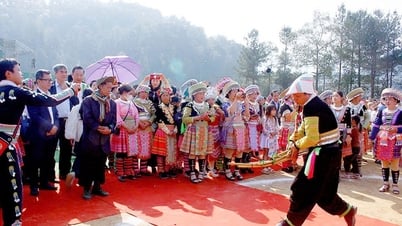



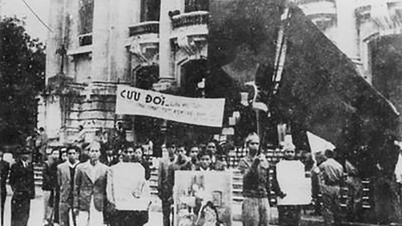























![[Photo] National Assembly Chairman Tran Thanh Man receives Chairman of Morocco-Vietnam Friendship Association](https://vphoto.vietnam.vn/thumb/402x226/vietnam/resource/IMAGE/2025/7/26/b5fb486562044db9a5e95efb6dc6a263)
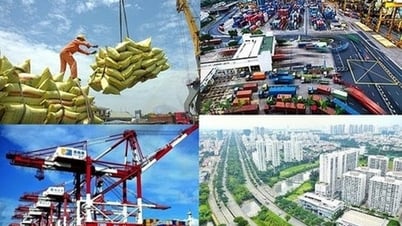
































Comment (0)